By: Kailey Kreienbrink
A really common question when learning about Endangered and Threatened species is “What can I do to help them?”. For instance, a lot of people have asked me where they can find seeds for Kincaid’s Lupine and Willamette Daisies so they can plant them in their gardens. Unfortunately these seeds are hard to come across because these plants are threatened and endangered. The ones that do exist are being used by scientists to figure out the most effective ways to get them to grow, and even they struggle to get these plants to grow! It is very hard work. Although you may not be able to grow plants such as Kincaid’s Lupine or Willamette Daisies there are plenty of other native plants to the Willamette Valley that you can add to your gardens.
Native plants are those that occur naturally in a region in which they evolved. Today much of the land that was once filled with native plants is now manicured lawn. These lawns form a carpet of over 40 million acres of grass on land in the United States and provide almost nothing in shelter, food, or breeding habitat for native species. Native plants not only have to compete with these lawns, but also with exotic invasive species that have been introduced to areas by humans. These exotic species outcompete native plants and degrade their remaining natural habitats.
Not every yard is hostile to native plants though. Peter Gausmann is not a professional gardener, but he has a pretty impressive garden. So impressive that when I went home to visit Minnesota this summer my mom made it a priority for me to see this garden.
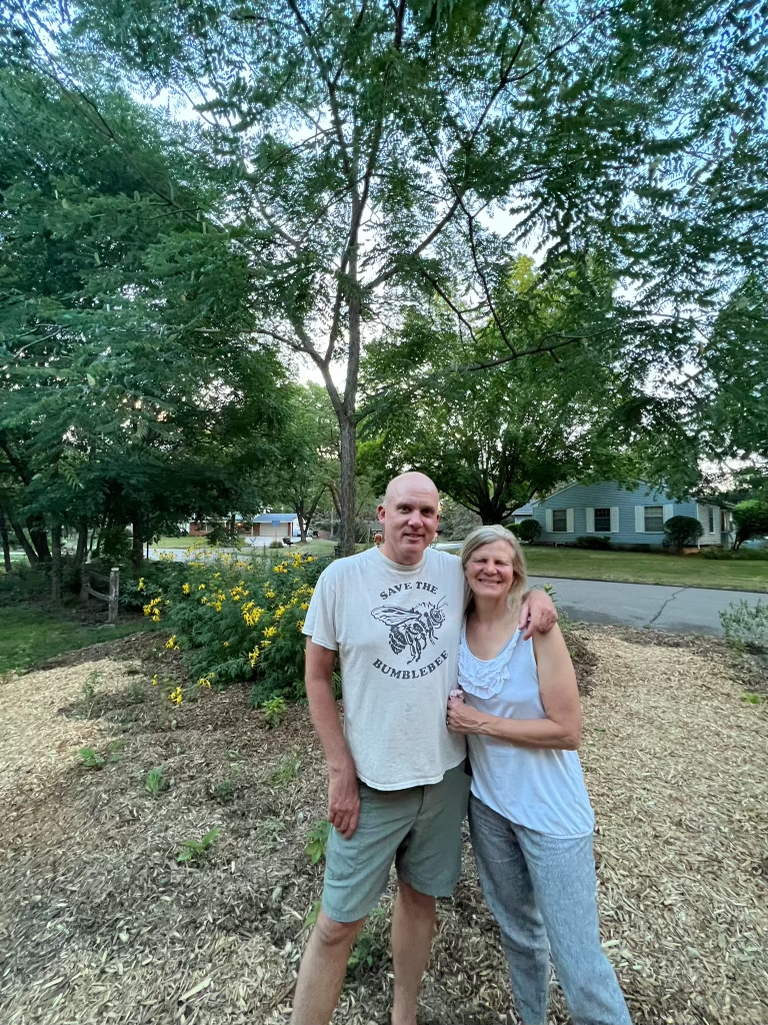
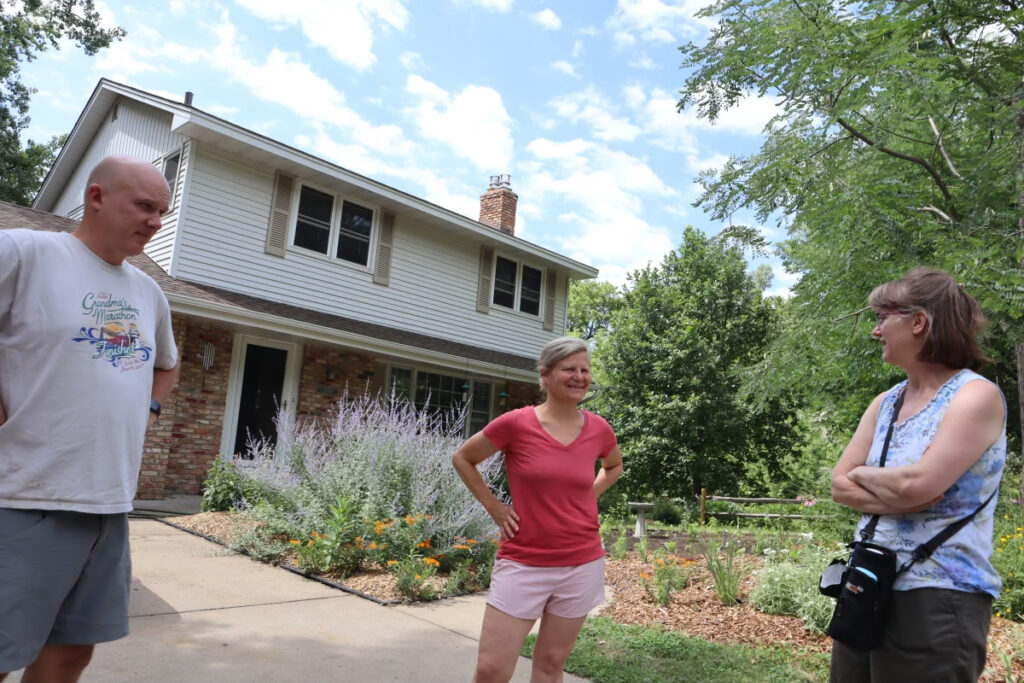
His lawn, or lack thereof, is covered with plants native to Minnesota. He was inspired to grow native plants after noticing how some of the plants in his yard were not attracting any pollinators. The plants were nice to look at, however that was really their only benefit to the yard. He wanted plants that would be interactive with the surrounding environment so he turned to the idea of a native plant garden. The first thing you notice when you walk into the Gausmann’s yard is how many bees are flying around. These bees, as you might have guessed, are hard at work pollinating all the plants. But, the more you look the more you start to notice there are tons of insects in the garden besides bees! At the Gausmann’s house they have been having a competition to find at least one new insect in their yard everyday! (Below are a few pictures of the ones they have seen so far!)
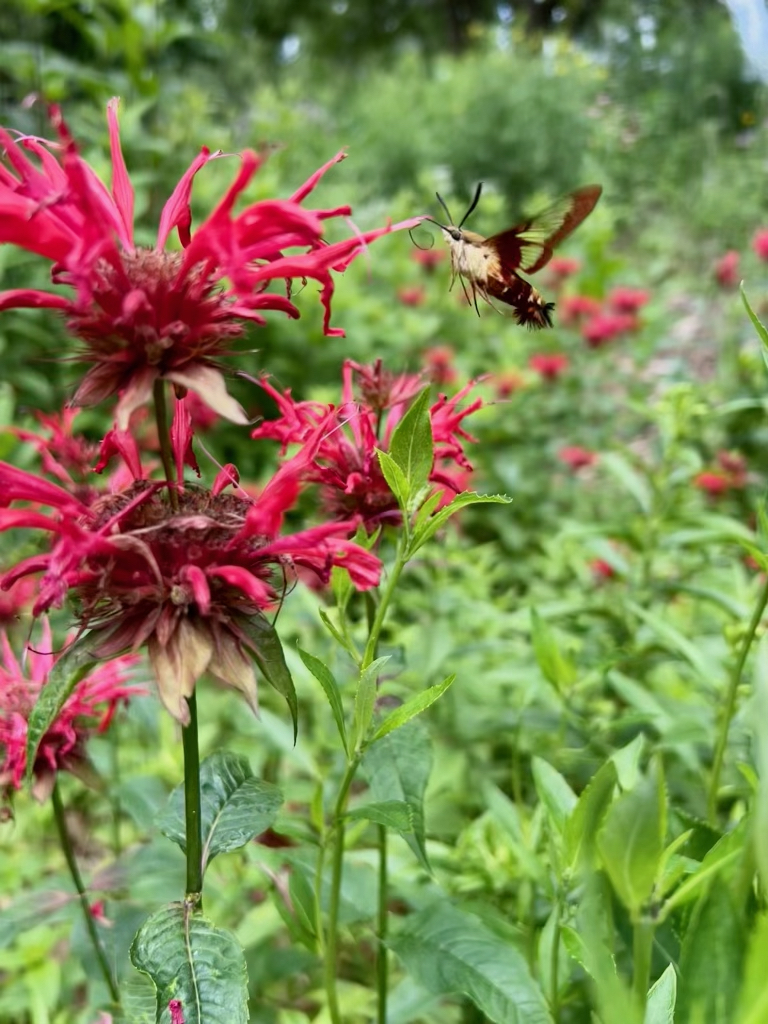
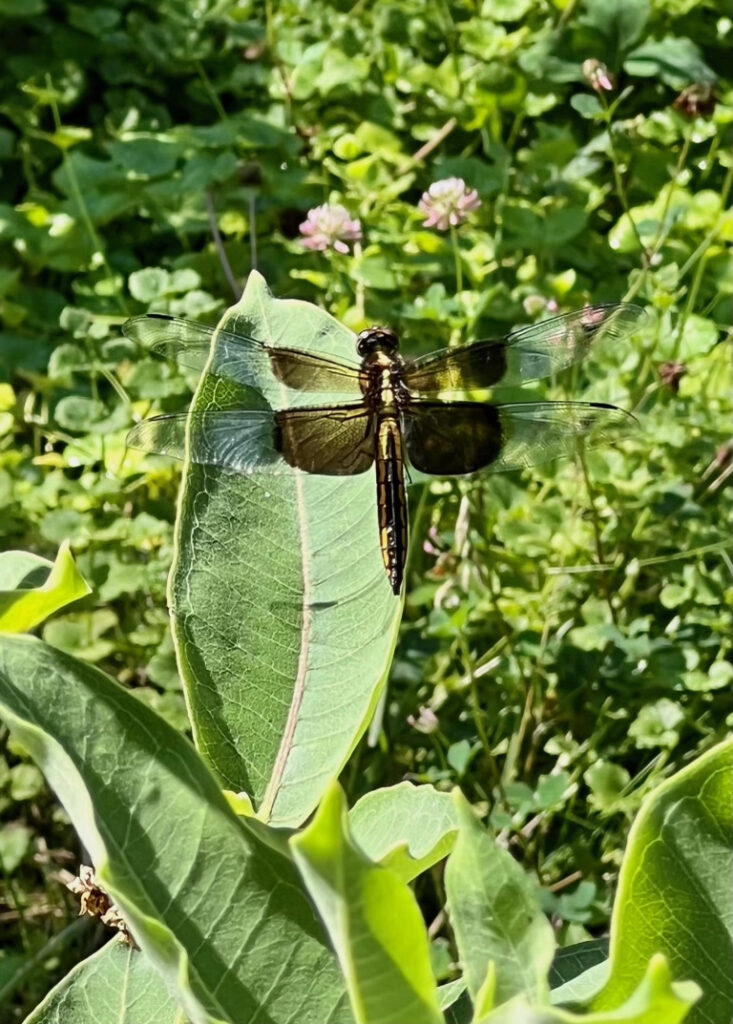
Peter made the statement that if you can’t name an insect there is no way you are going to know if it disappears. There are so many species of both plants and insects that people don’t know about but are crucial to our surrounding environment. Attracting them to your own garden and paying attention to what is showing up along with taking the time to learn what they are is one great way to make sure we know which natives are in the environment around us.
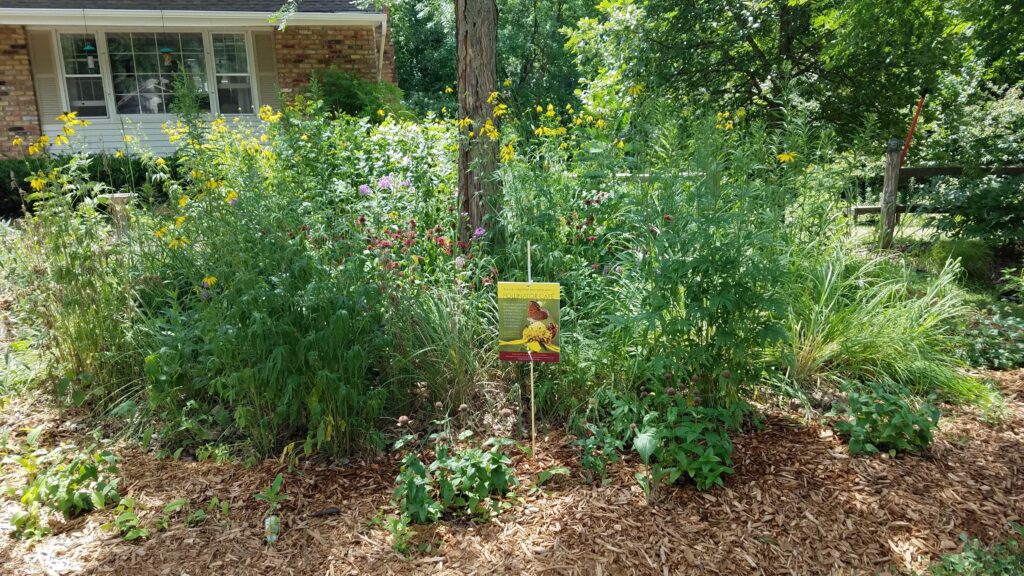
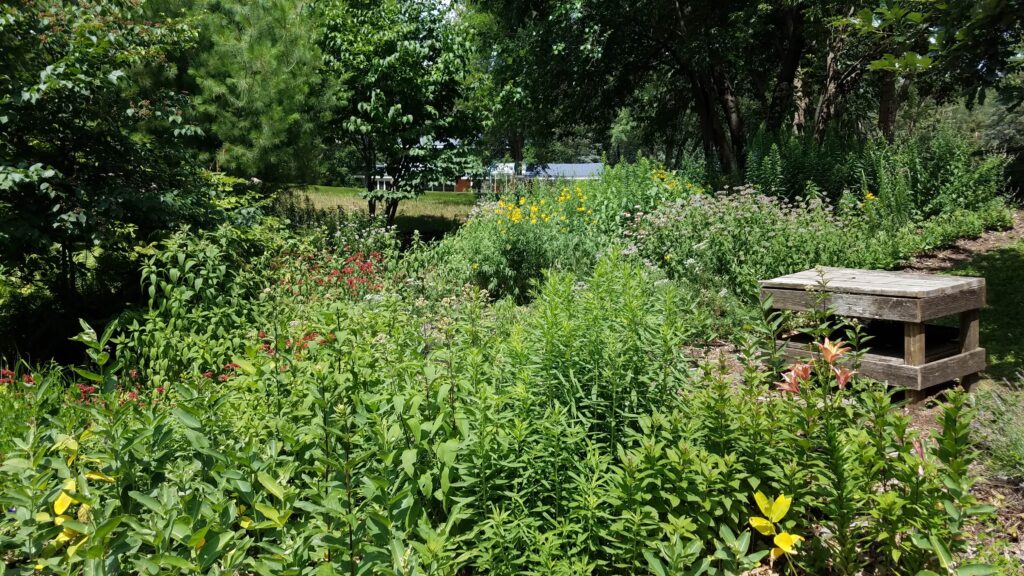
Native gardens can also help with issues like climate change. An issue that I as an Environmental Studies student have had a very hard time comprehending and putting my mind around even though it is something I discuss everyday. It is a HUGE problem. Peter pointed out that a native plant garden is a step that he can take where he feels as though he is making a difference for the environment around him. Literally in his own backyard. You may be thinking, this is a lovely yard and it is such a great idea…but I don’t think I could handle all the work that it would take to do this. Yes, it might be a lot of work at first–you have to determine which plants you want and figure out where (although there are resources you can use that make that part easier) and you have to actually plant the garden. But, in the long run you are going to be saving yourself a lot of work. Native plants are meant to be in the area you are living, which means they are adapted to live and survive in that environment. They won’t have to be watered as often (or at all), and they do not need to be mowed like a lawn does. The Gausmann’s native garden is continuing to grow every year. You too can start with a small native garden that expands as you realize the benefits it brings to your yard.
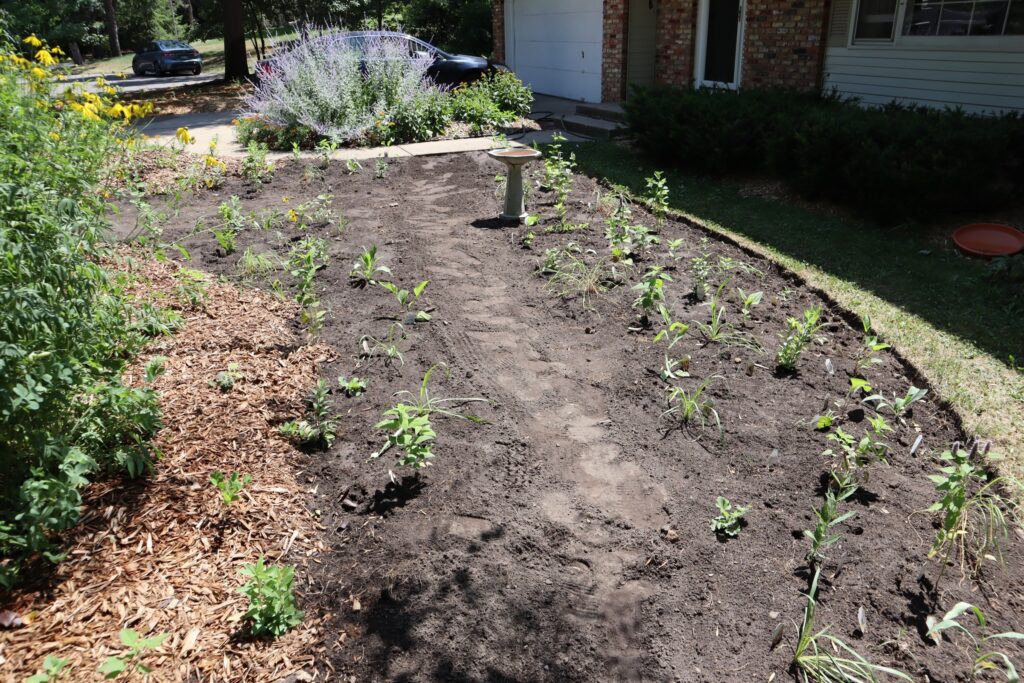
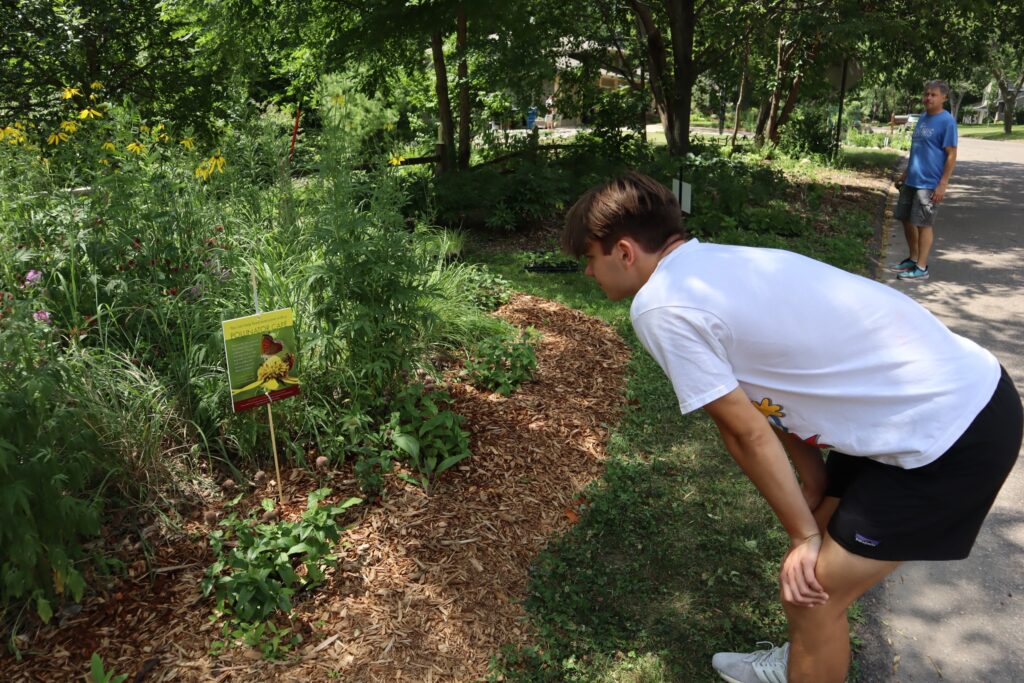
Here are a few different resources that you can use to figure out what native plants are best for your yard specifically!!
Audubon can tell you native plants to your area:
https://www.audubon.org/native-plants/search?zipcode=97403
These are nurseries in the Eugene/Springfield area you can find plants at:
